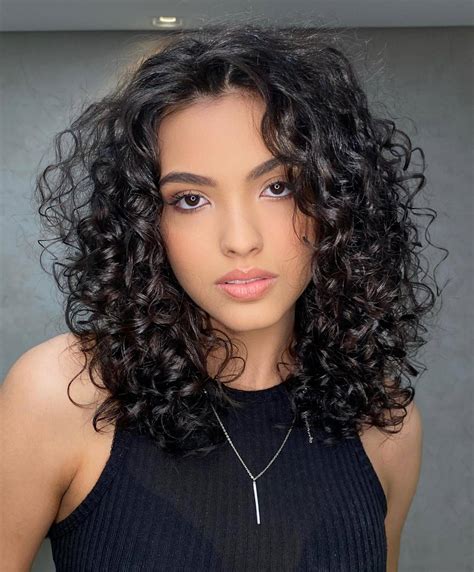The Symbiotic Relationship
Humans and birds share an undeniable connection through their hair and feathers, respectively. Both are complex biological structures that play vital roles in their owners’ lives.

Hair: A Protective Barrier
Hair covers the human body, providing insulation, protection from the elements, and sensory perception. Its composition varies across individuals, influencing its texture, color, and thickness. According to the American Academy of Dermatology, the average person has approximately 100,000 to 150,000 hair follicles on their scalp.
Feathers: An Avian Adaptation
Feathers are unique to birds, serving as their primary covering. They offer insulation, flight, waterproofing, camouflage, and communication. The average bird has approximately 1,000 to 10,000 feathers, with their number and arrangement varying depending on species.
Aesthetic Delights
Hair and feathers have captivated human imagination for centuries, inspiring art, fashion, and beauty rituals.
Hair: A Symbol of Identity
Hair plays a significant role in cultural expression and personal identity. It can be styled, dyed, and adorned to reflect one’s personality, beliefs, and social status.
Feathers: A Touch of Elegance
Feathers have long been prized for their aesthetic appeal, used in jewelry, clothing, and home décor. Their softness, iridescence, and intricate patterns add a touch of luxury and glamour.
Scientific Significance
Hair: A Window to Health
The condition of hair can provide insights into an individual’s overall health. Hormonal imbalances, nutritional deficiencies, and diseases can manifest as changes in hair texture, growth, and loss.
Feathers: Indicators of Bird Health
Feathers reflect the health and well-being of birds. Damage, discoloration, or abnormal growth can indicate underlying health issues, providing valuable cues to ornithologists and bird enthusiasts.
Beyond Biology: Hair and Feather Innovations
The study of hair and feathers has sparked countless innovations, ranging from medical advancements to sustainable materials.
Hair: A Medical Marvel
Human hair has shown promise in regenerative medicine, particularly in wound healing and tissue engineering. Its properties as a natural scaffold for cell growth make it a potential game-changer in treating burns and other injuries.
Feathers: A Sustainable Solution
Feathers are being investigated as a renewable and biodegradable alternative to synthetic materials in fashion and manufacturing. Their unique structure provides insulation, moisture-wicking, and flame resistance, making them ideal for eco-friendly applications.
Tables for Comparison
| Feature | Hair | Feathers |
|---|---|---|
| Primary Function | Protection, Sensory Perception | Insulation, Flight, Waterproofing |
| Composition | Keratin (Protein) | Keratin, Beta-Keratin, and Barbs |
| Number in Humans | 100,000 – 150,000 | N/A |
| Number in Birds | N/A | 1,000 – 10,000 |
| Aesthetics | Cultural Symbol, Personal Identity | Decorative, Luxurious |
| Scientific Importance | Indicator of Overall Health | Indicator of Bird Health |
Tips and Tricks
Hair Care:
- Wash hair regularly with a gentle shampoo and conditioner.
- Avoid excessive heat styling to prevent damage.
- Treat hair with deep conditioning masks or treatments for nourishment.
- Protect hair from sun exposure with hats or scarves.
- Get regular trims to remove split ends.
Feather Care:
- Observe bird feathers for any signs of damage or discoloration.
- Avoid handling feathers excessively, as oils from human skin can damage them.
- Store feathers in a cool, dry place away from direct sunlight.
- Seek professional help from a veterinarian or ornithologist if feathers show signs of disease or distress.
Common Mistakes to Avoid
Hair:
- Overwashing, which can strip hair of its natural oils.
- Using harsh chemicals, such as bleach or chemical relaxers, which can weaken hair and cause breakage.
- Neglecting regular trims, which allows split ends to spread and weaken hair.
- Excessive heat styling, which can damage the hair’s protein structure and lead to dryness and breakage.
Feathers:
- Touching or handling feathers without proper gloves, as human oils can damage them.
- Exposing feathers to extreme heat or moisture, which can cause discoloration or weakening.
- Neglecting to seek professional help when feathers show signs of illness or distress.
- Using harsh chemicals or detergents to clean feathers, which can strip them of their natural oils and damage their structure.
Why Hair & Feathers Matter
Hair and feathers are essential parts of the human and avian experience, providing numerous benefits:
Benefits of Hair:
- Protection: Hair insulates the body, protects the scalp from the sun’s UV rays, and prevents dirt and debris from entering the body.
- Sensory perception: Hair helps detect touch, temperature changes, and the movement of air.
- Emotional expression: Hair can convey feelings, such as joy, sadness, or confidence, and it can be used to express individuality and creativity.
Benefits of Feathers:
- Flight: Feathers are essential for bird flight, providing lift and streamlining the body.
- Insulation: Feathers trap air, providing insulation against cold temperatures.
- Waterproofing: Feathers repel water, keeping birds dry and protected from harsh weather conditions.
- Camouflage: Feathers help birds blend into their surroundings, providing protection from predators.
- Communication: Birds use feathers for courtship displays, territorial marking, and flock identification.
Conclusion
Hair and feathers, though distinct in appearance and function, share a profound connection that spans the biological, aesthetic, and scientific realms. By understanding their complexities, we can appreciate their significance and harness their potential for innovation and sustainable applications.
